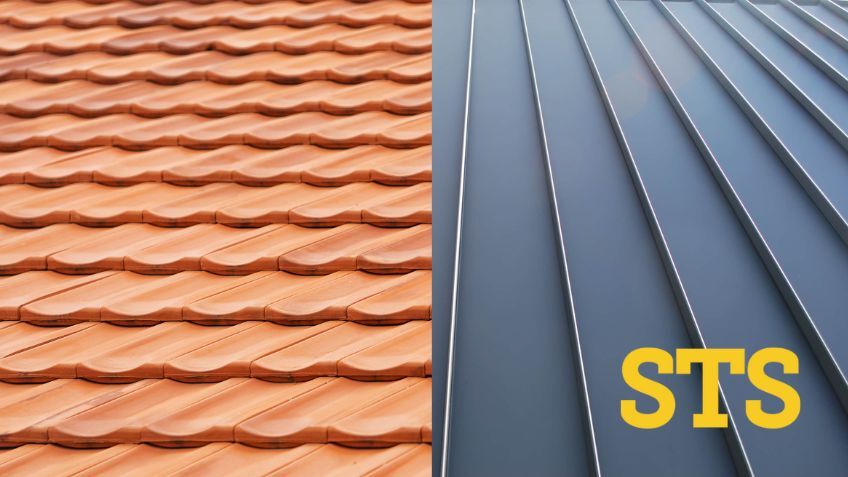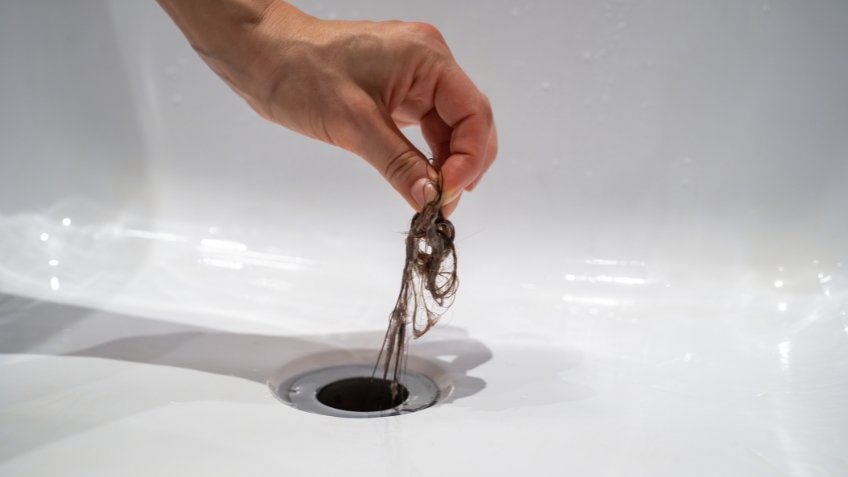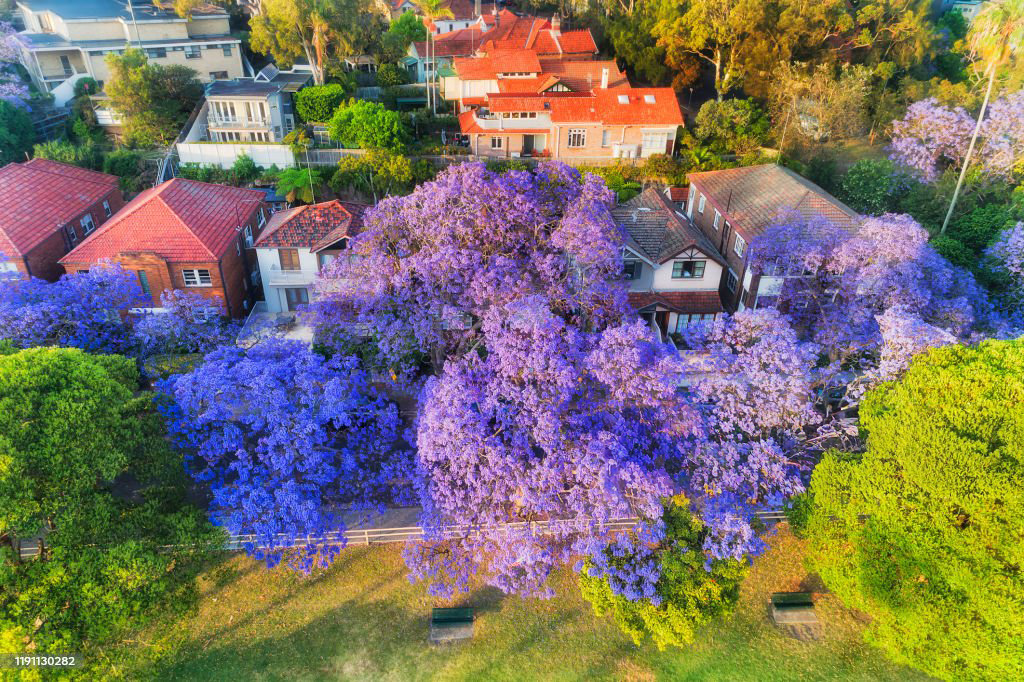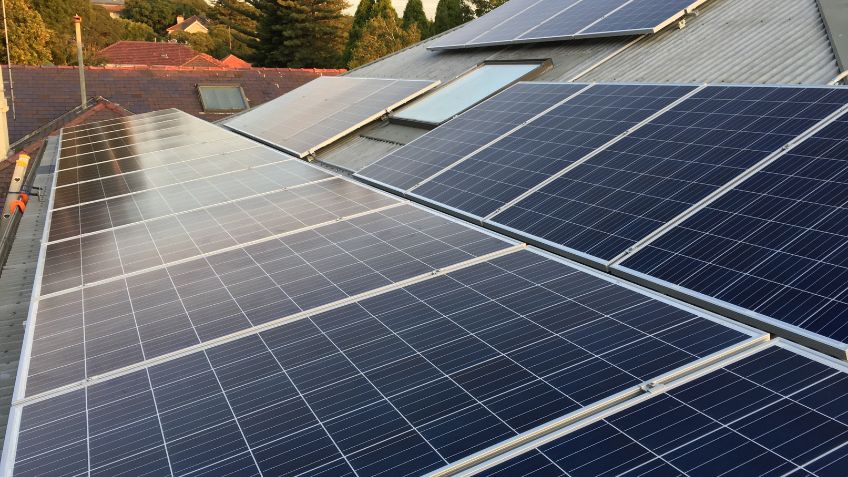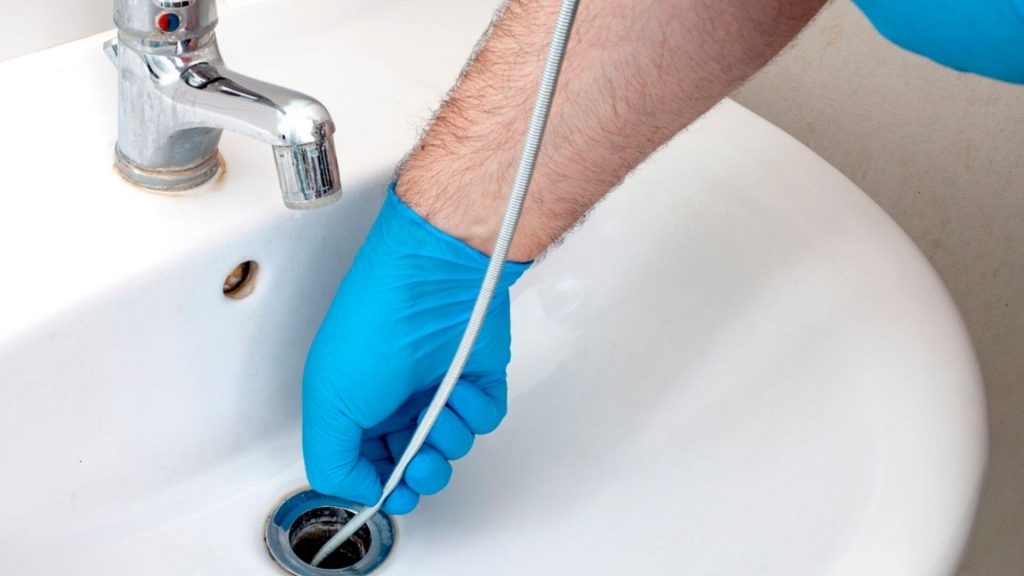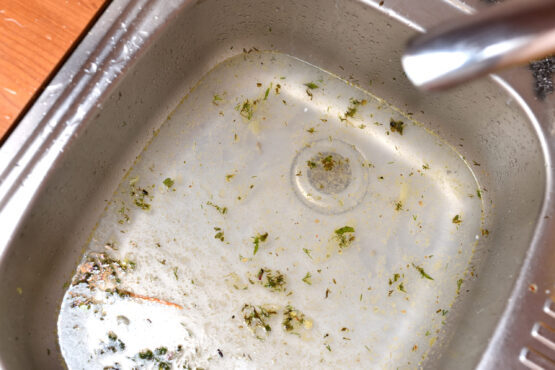Replacing or upgrading your roof is one of the biggest investments you’ll make in your home, and the material you choose matters more than you think. In Sydney, homeowners often ask us: should we go with Colorbond or traditional tiles?
There’s no one-size-fits-all answer, but understanding the differences in durability, performance, maintenance and cost can help you make the right decision.
At STS Plumbing, we’ve handled roof replacements across the North Shore for over two decades, and we’ve seen how the right material can extend the life of your home and cut down on ongoing costs.
Here’s our head-to-head breakdown of Colorbond vs tile roofing, plus real insights from recent jobs around Lane Cove, Willoughby and beyond.
1. Durability and weather resistance
Colorbond roofing (metal):
- Made from strong, coated steel designed for Australia’s harsh climate
- Excellent performance in high wind, heavy rain and hail
- Resistant to corrosion, warping and cracking
- 25–50+ year lifespan with minimal deterioration also depends on your location near the ocean.
Tiled roofing (concrete or terracotta):
- Durable, but more prone to cracking under movement or impact
- Individual tiles can break in storms or when walked on
- Can last 50+ years if well maintained, but underlay and ridge capping often need repairs sooner
Verdict:
Colorbond roofing is more resilient in Sydney’s unpredictable weather, particularly after recent heavy downpours and high-wind events across the North Shore.
2. Energy efficiency and insulation
Colorbond:
- Reflects more heat, especially in light colours (Thermatech technology)
- Works well with insulation layers and ventilated roof spaces
- Quick to release heat after the sun goes down
Tiles:
- Natural thermal mass helps slow heat transfer
- Can be better at passive cooling in some home designs
- Slower to release heat – may retain warmth into the evening
Verdict:
Both can be energy efficient, but Colorbond performs better in modern homes with insulation and ventilation systems in place.
3. Maintenance and repairs
Colorbond:
- Low maintenance; no moss, no tile shifting, fewer access issues
- Easy to clean, inspect and repair
- Repainting may be needed after 20+ years to refresh colour
Tiles:
- Higher maintenance; moss, broken tiles and ridge capping can deteriorate
- Leaks often occur from displaced tiles or cracked mortar
- Cleaning is more involved and tiles can shift when walked on
Verdict:
Colorbond wins on low-maintenance appeal, ideal for busy households or investment properties.
4. Cost: upfront and long-term
Colorbond:
- Slightly higher upfront material cost
- Lower labour cost (lighter weight = easier installation)
- Fewer maintenance and repair costs over time
Tiles:
- Often lower in initial material cost
- Higher labour cost due to heavier materials and complexity
- Ongoing maintenance expenses likely
Verdict:
While tile can be cheaper upfront, Colorbond is more cost-effective long term, especially if you plan to stay in your home or want a set-and-forget option.
5. Aesthetic and street appeal
Colorbond:
- Sleek, modern look
- Available in a wide range of colours to match your exterior
- Preferred in contemporary builds or minimalist designs
Tiles:
- More traditional appearance, with texture and depth
- Works well with heritage or Mediterranean-style homes
- Often preferred by councils in character suburbs
Verdict:
It comes down to style preference. Colorbond suits modern homes, while tiles are often the go-to for classic or traditional properties.
6. What Sydney homeowners should consider
Sydney’s climate, especially on the North Shore, brings:
- Humid summers and sudden storms
- High tree coverage (hello, jacaranda season)
- Heavy roof debris and leaf build-up
- Bushfire-prone areas (some suburbs require BAL-compliant materials)
Colorbond’s fire resistance, debris-shedding surface and rust protection make it ideal for these conditions, particularly for homes in Lane Cove, Ryde, Mosman and the Lower North Shore.
Case study: from tiled to Colorbond in Willoughby
One STS Plumbing client recently opted to replace their ageing tiled roof in Willoughby after repeated leaks, cracked tiles and blocked gutters. The new Colorbond roof:
- Reduced maintenance
- Lowered internal temperatures in summer
- Improved the look and value of their home
We completed the job in under a week with minimal disruption, and they haven’t looked back.
Should you switch from tiles to Colorbond?
You can, and many of our clients do. The benefits include:
- Lighter weight (less stress on structure)
- Smoother surface for gutter health
- Easier solar panel integration
- Longer performance with less upkeep
We’ll assess your existing roof structure to ensure it’s compatible and guide you through the full process, from removal to final install.
Why choose STS Plumbing for your roof replacement?
- Licensed, insured and experienced in roof replacement across the North Shore
- Experts in both Colorbond and tiled roofing
- Real advice, no sales pitch
- Transparent quoting and timeline
- Local team based in Lane Cove
Book your free roof assessment
Not sure which option is right for your home? We’ll inspect your roof, walk you through the pros and cons, and quote only what you need.
Call STS Plumbing on 9904 3074 or book your free roof quote online
